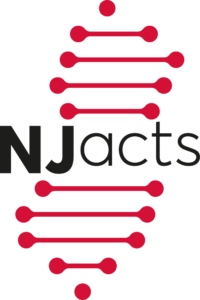 Please read Dr. Suzuki’s article in the Journal of the American Chemical Society titled, “Photochemical Identification of Auxiliary Severe Acute Respiratory Syndrome Coronavirus 2 Host Entry Factors Using μMap.“
Please read Dr. Suzuki’s article in the Journal of the American Chemical Society titled, “Photochemical Identification of Auxiliary Severe Acute Respiratory Syndrome Coronavirus 2 Host Entry Factors Using μMap.“
Severe acute respiratory syndrome coronavirus 2 (SARS-CoV-2) is the etiologic agent of the COVID-19 pandemic. Identifying viral entry and replication factors is key for understanding and resolving outbreaks, and angiotensin-converting enzyme 2 (ACE2) has been identified as the obligate receptor for SARS-CoV and SARS-CoV-2. Cleavage of the viral spike protein by the transmembrane serine protease 2 (TMPRSS2) also facilitates SARS-CoV-2 membrane fusion. Although ACE2 expression is higher in nasal epithelial cells, these levels decrease throughout the lower respiratory tract. While this implies nasal initiation of infection, transition mechanisms to deep lung pathogenesis in severe COVID are unknown. Similarly, COVID infections can rapidly progress throughout the body and cause multiple organ failure, yet ACE2 expression is low or variable beyond gastrointestinal and respiratory tracts. To read the full article.
Photochemical Identification of Auxiliary Severe Acute Respiratory Syndrome Coronavirus 2 Host Entry Factors Using μMap. Suzuki S, Geri JB, Knutson SD, Bell-Temin H, Tamura T, Fernández DF, Lovett GH, Till NA, Heller BL, Guo J, MacMillan DWC, Ploss A. J Am Chem Soc. 2022 Sep 14;144(36):16604-16611. PMID: 36049228 PMCID: PMC9469761 DOI: 1021/jacs.2c06806 Epub 2022 Sep 1
